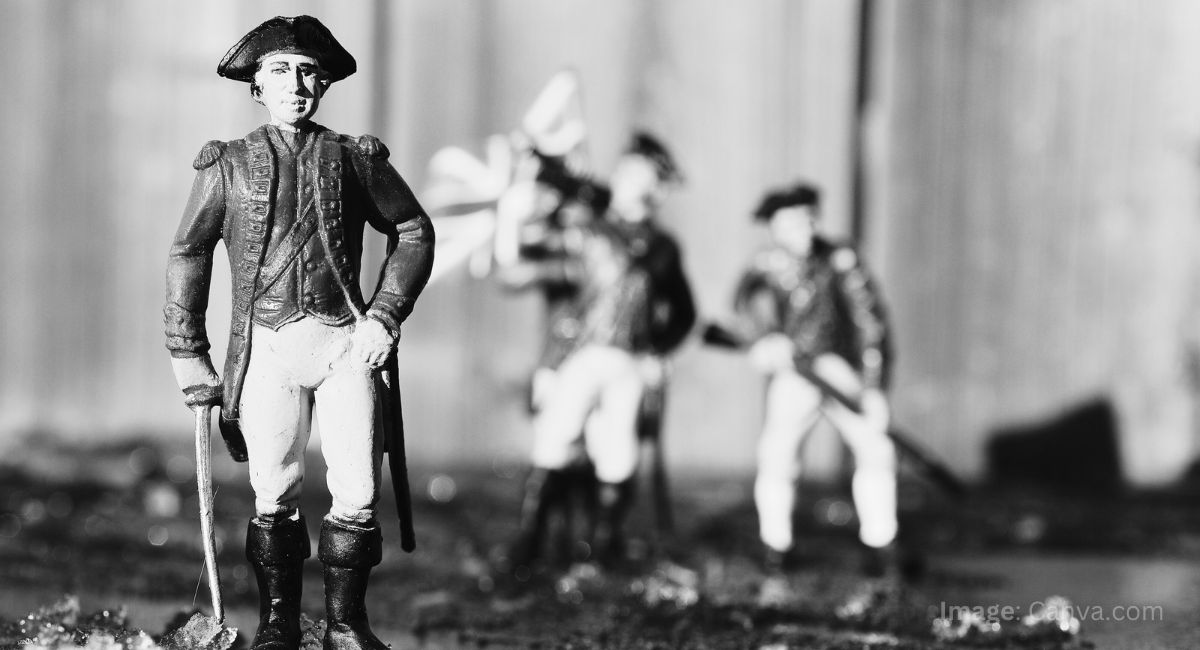The lives of inspirational individuals resonate deeply because they embody archetypal narratives, such as overcoming adversity or embarking on transformative journeys. Through their courage and innovation, they challenge existing norms and pave the way for progress. From Copernicus challenging the geocentric model to Earhart defying gender stereotypes in aviation, their stories inspire generations to dream and strive for a better world. These narratives not only captivate us but also remind us of the human capacity for resilience and change.

Why do the lives of inspirational people make such powerful stories?
It is said that there are only 7 basic plots that all stories are based on: Overcoming the Monster, Rags to Riches, The Quest, Voyage and Return, Rebirth, Comedy, and Tragedy.
The lives of truly innovative, world-changing individuals can be set against the backdrop of at least one of these stories.
In terms of innovation, the most readily applicable is the theme of overcoming the monster. In this case, the monster could be the current status quo, professional ignorance, tyrannical leadership, an unsolvable problem, or personal hardship. It is essential for the protagonists to defeat this monster in order to advance in their story.
Take Nicolaus Copernicus. The Polish-born astronomer who revolutionized human beings’ understanding of cosmology. His monster? 1000 years of a common belief that the Earth was the centre of the universe. Telescopes were not yet invented, but Copernicus was convinced through his naked-eye observations of the sky and mathematical calculations that the Earth rotated around the sun. He challenged the prevailing theory, was roundly ridiculed by colleagues, and his views were even banned by the Catholic Church. However, Copernicus’ heliocentric theory eventually became widely acknowledged, laying the foundation for modern astronomy. Today, he is remembered as one of the most influential figures in the history of science.
Further to the basic plots of innovation, the German philosopher Arthur Schopenhauer provided an additional characteristic: story structure. He said that all truth passes through 3 stages. First, it is ridiculed, second, it is violently opposed; and third, it is accepted as being self-evident. This narrative arc can be seen throughout history in the ideas that advanced society and in the lives of those who proposed them.
The life of another innovator, Ignaz Semmelweis, could most aptly be considered a tragedy. At the beginning of his medical career, he observed a high mortality rate among mothers during childbirth. He hypothesised that this was due to the contamination of the hands of doctors and medical students, who often went directly from performing autopsies to delivering babies without proper hygiene practices. Semmelweis introduced strict handwashing protocols, which led to a dramatic reduction in maternal deaths. Despite his breakthrough, he faced scepticism and resistance from seasoned doctors due to his junior status. This professional rejection severely impacted his mental health, and he was committed to an asylum, where he later died without ever seeing his work appreciated. His innovations in medical hygiene are now recognised as pioneering, and he is considered the father of handwashing.
The main characters in each of these stories had similar traits. They were curious, creative, and brave. Through taking action, they galvanised others, and their ideas became contagious. After the innovation could no longer be resisted, it became accepted, adulated, and then revered. Aspiring innovators may find solace in this sequential trend, as it means that with persistence, their ideas could eventually change the world. Therefore, the question facing most innovators is not if they will be successful, but whether they will live long enough to receive their flowers.
Like the hero defeating the monster, Voyage and Return is an archetype with a long tradition in storytelling. The Chronicles of Narnia, The Lord of the Rings, Orpheus and Eurydice, and Finding Nemo all draw from this archetype, as do many others. First, the characters involved are called to adventure and thrust into an unfamiliar world. The journey is then marked by extraordinary challenges, encounters with the unknown, and a profound shift in the hero's perspective. What makes it so compelling is that for many people, this represents what they are seeking in their own lives: adventure, self-discovery, and transformation. The Voyage and Return story shows that confronting the unknown, questioning beliefs, and overcoming challenges are fundamental aspects of the human experience.
Amelia Earhart flew the flag of innovation (literally!) by setting records and improving safety processes in the aviation industry. During her lifetime, she became the first female to fly solo across the Atlantic, and she was celebrated by her contemporaries, receiving the US Military’s Distinguished Flying Cross, the National Geographic Society Gold Medal, and the Harmony Trophy for outstanding achievements in aviation. She made many other voyages, including a solo flight across the US, and her experiences as a pilot helped her advocate for improved aviation safety standards. Sadly, in her quest to be the first female to fly around the world, she lost her life, but her legacy endures. Earhart’s bravery pushed technological boundaries and has inspired future generations of pilots.
The lives of truly innovative, world-changing individuals follow dramatic plots, that interrupt convention and raise questions. The nature of these questions being posed then informs the type of tale that will be told. They have relatable, archetypal characters that strive to make the world a better place. Often, innovations from their time can be seen, felt, and appreciated through the technology, customs, and culture of modern society. This connection to the past inspires others to dream of a better future. Ideas are formed, and actions are taken, perpetuating the turning wheels of innovation.
That is why the lives of inspirational people make such powerful stories.




















